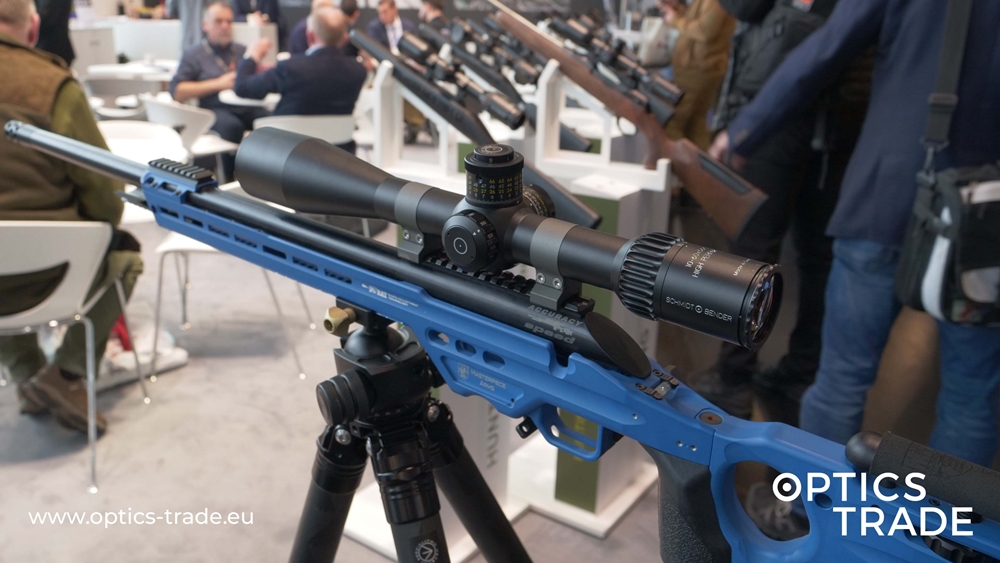Products:
- Nikko Stirling Diamond Hunting 1-4×24
- Nikko Stirling Diamond Hunting 3-9×42 IR
- Nikko Stirling Diamond Hunting 1.5-6×42
- Nikko Stirling Diamond Hunting 2.5-10×50 IR
- Nikko Stirling Diamond Hunting 3-12×56 IR
- Nikko Stirling Diamond Hunting 3-12×62 IR
- Nikko Stirling Diamond 1.5-6×44 Illuminated
- Nikko Stirling Diamond Sportsman 10-50×60
- Nikko Stirling Target Master 4-16×44
- Nikko Stirling Target Master 5-20×50
- Nikko Stirling Target Master 6-24×56
- Nikko Stirling Target Master 10-50×60
- Nikko Stirling Target Master 1.25-5×20
- Nikko Stirling Target Master 2.5-10×42
- Nikko Stirling Target Master 4-16×44
- Nikko Stirling Target Master 6-24×50
- Nikko Stirling Panamax 3-9×40
- Nikko Stirling Panamax 3-9×50
- Nikko Stirling Panamax 4-12×50
- Nikko Stirling Panamax 4.5-14×50
- Nikko Stirling Panamax 3-9×40 AO SFP
- Nikko Stirling Panamax 6-18×50 LR
- Nikko Stirling Panamax 8-24×50 LR
- Nikko Stirling Air King 2-7×32
- Nikko Stirling Air King 3-9×42
- Nikko Stirling Air King 4-12×42
- Nikko Stirling Air King 4.5-14×50
- Nikko Stirling Air King 4×32
- Nikko Stirling Mountmaster 3-9×40 AO
- Nikko Stirling Mountmaster 6×40 AO
- Nikko Stirling Mountmaster 3-9×40 AO IR

Congratulations on the purchase of your new Nikko Stirling riflescope.
Please read this manual before mounting your Nikko Stirling scope for proper and safe use. All Nikko Stirling scopes are shock- and fog proofed and feature coated lenses combined with perfect optical calculation. Engineered, constructed and designed for hunters and marksmen.
1. FOCUSING
CAUTION: Viewing the sun can course serious eye injury. Never look at the sun with this product or even with naked eye.
Turn the fast focus ring on the end of ocular in or out for adjustment.
2. MOUNTING
CAUTION: Be sure gun is not loaded. Use safe gun handling procedures.
Separate the tops of the rings from the bottom portion. Set the scope in the cradles formed by the bottom portions. Replace the tops, but don’t tighten. Rotate the scope that the elevation turret is on top. Bench rest the rifle and place the scope until you see the full field of view. Check altitude of the reticle. The vertical and horizontal components should be aligned with the bore axis. When the scope is properly positioned and the reticle aligned with the bore axis, tighten the ring tops.
CAUTION: Do not overtighten. Overtightening can cause damage to the scope, affecting performance or even rendering it inoperable. There should be a slight gap between the rings. The gaps should be even on the left and right side of both rings.
3. PRE-ZEROING
CAUTION: Be sure gun is not loaded. Use safe gun handling procedures.
To bore sight, remove the bolt from bolt action guns, open other types. If you have a parallax correctable model riflescope (see parallax corrections), rotate the parallax adjustment to the 50 yard position. Set zoom scopes to mid power. Rest the rifle on a steady support and remove the windage and elevation caps (target turrets may have no caps). Look through the bore, from the breech at a 50 yard target. Move the butt stock to centre the target in the bore. Without disturbing the rifle, adjust windage and elevation turrets to centre the reticle on target.
NOTE: If you have windage adjustable rings, make major windage adjustments with them. Final adjustment can be made with the scope’s built-in system. If the barrel has been drilled for a mount, check that screws do not protrude in to the bore.
4. ZEROING – WINDAGE AND ELEVATION ADJUSTMENTS
CAUTION: All shooting should be done at an approved range or other safe area. Eye and ear protection is recommended. Check if your bore is not obstructed before proceeding. An obstruction can cause serious damage to the gun and possible personal injury to yourself and other nearby.
Set zoom ring to mid/highest power, parallax correctable models to 100 yard setting. From a steady rest fire three rounds at a 100 yard target and observe where the bullets impact.
After making your observations and marking your point of impact (POI) make any adjustments to your scope by rotating the elevation and windage turrets in the appropriate direction.
Each turret is clearly marked with the direction to turn it to adjust POI accordingly.
NOTE: For scopes with specific target turrets and reset to zero turrets please read additional manual or visit www.nikkostirling.com
5. ILLUMINATED RETICLES
If your scope has an electronic reticle, there are degrees of illumination. The adjustment can be located on the top of the eyepiece or on the saddle. The battery (included in packaging) are coin style lithium batteries (CR2032).
6. PARALLAX CORRECTION
Scopes without parallax adjustment are usually parallax free at 100yards. The small amount of parallax exhibited in general purpose hunting scopes and at normal hunting ranges is insufficient to be of concern.
Scopes with parallax adjustment:To be parallax free, the target image must be focused onto the reticle. This condition can be met only at the range for which the scope is focused.
Targets that are either nearer or further away will cause parallax, which is seen as apparent movement of the reticle against the target. For precision shooting, parallax is not tolerable and can be eliminated at all ranges by providing a user adjustable focusing system.
NOTE: Parallax adjustment can be located on the objective or as a turret.
7. MAINTAINANCE
The exposed optical surfaces will perform their best if they are occasionally wiped clean with the lens cloth provided. Keep the protective lens covers in place when the scope is not being used.
Maintain the metal surfaces of your riflescope by removing any dirt or sand with a soft brush to avoid scratching the finish.
Keep your rifle and scope in a dry environment if not being used.




